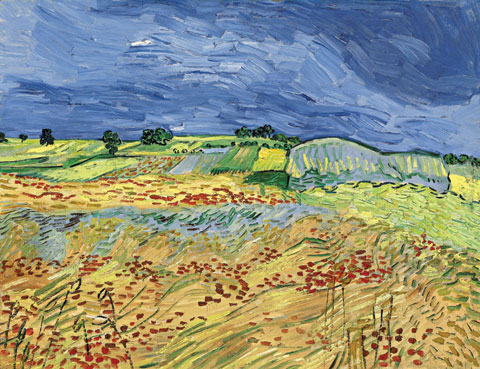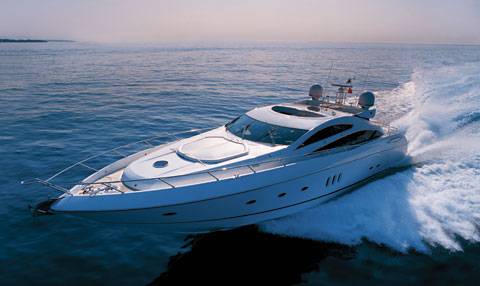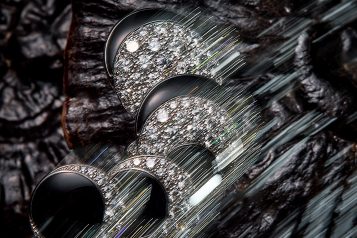“Before this work, one intuits that in the face of towering self-doubt and loneliness, van Gogh found salvation in the presence of nature and through the transmission of that experience with each stroke of his paint-laden brush.”
Vincent van Gogh’s paintings epitomize Post-Impressionism. With his use of vibrant colors, thick application of paint, and distinguishing brushstrokes, he left behind a legacy that will forever be etched in the minds of art lovers and venerators of his work. His pieces are some of the most recognized, most admired, and most expensive in the world.
Soon van Gogh enthusiasts will have the opportunity to bid on one of his greatest landscapes, The Fields (Wheat Fields), which will go on auction at Sotheby’s New York on November 7, 2007. While the last van Gogh landscape on market collected $27 million in 2005, this striking and moving painting is estimated to sell for anywhere from $28 to $38 million.
The Fields is said to have been finished just weeks before van Gogh’s death and is possibly the last landscape that the Dutch painter produced. The work captures the artist’s imagination during the final weeks of his life, but interestingly enough, doesn’t resemble the emotional turmoil that he grappled with at the time.
Van Gogh, who was stricken with an unknown mental disease that has resulted in more than 30 diagnoses since he ended his life, admitted himself to a mental hospital in Saint-Rémy de Provence in 1889. It was there that a series of wheat field depictions with troubled skies was created as the result of the view from van Gogh’s window at the asylum.
The painting is unquestionably remarkable with its portrayal of the striking and troubled blue sky and the intricate depiction of the sprawling, golden wheat field. It is a vivacious representation of the prosperity of the land and the splendor of France. It belongs to a celebrated collection of spectacular canvases painted in early July 1890, just weeks prior to van Gogh taking his own life. In fact, the painting hung in his room at the Ravoux Inn in Auvers, a suburb of Paris, at the time of his death.
Chairman of Sotheby’s Impressionist and Modern Art Department Worldwide David Norman believes that nature was an important aspect that seemed to help van Gogh through his difficult emotional state. “Before this work, one intuits that in the face of towering self-doubt and loneliness, van Gogh found salvation in the presence of nature and through the transmission of that experience with each stroke of his paint-laden brush,” he says.
Norman is an immense fan of The Fields and believes it invokes the artist’s presence. “The straightforward composition, with no mediating figures or structures, emanates a sense of pure joy and truthfulness that draws the viewer wholly into the scene,” Norman says. “To quietly stand before this painting is as close as we can come to standing beside the artist himself.”
Although van Gogh’s final words were “sadness will last forever,” The Fields is one of his last works that depicts a sense of tranquil happiness. Although there is a troubled sky portrayed in the landscape, it is overpowered by the serene field. The beauty captured by The Fields is enough to wipe away the disheartening final weeks of the artist’s life.





















